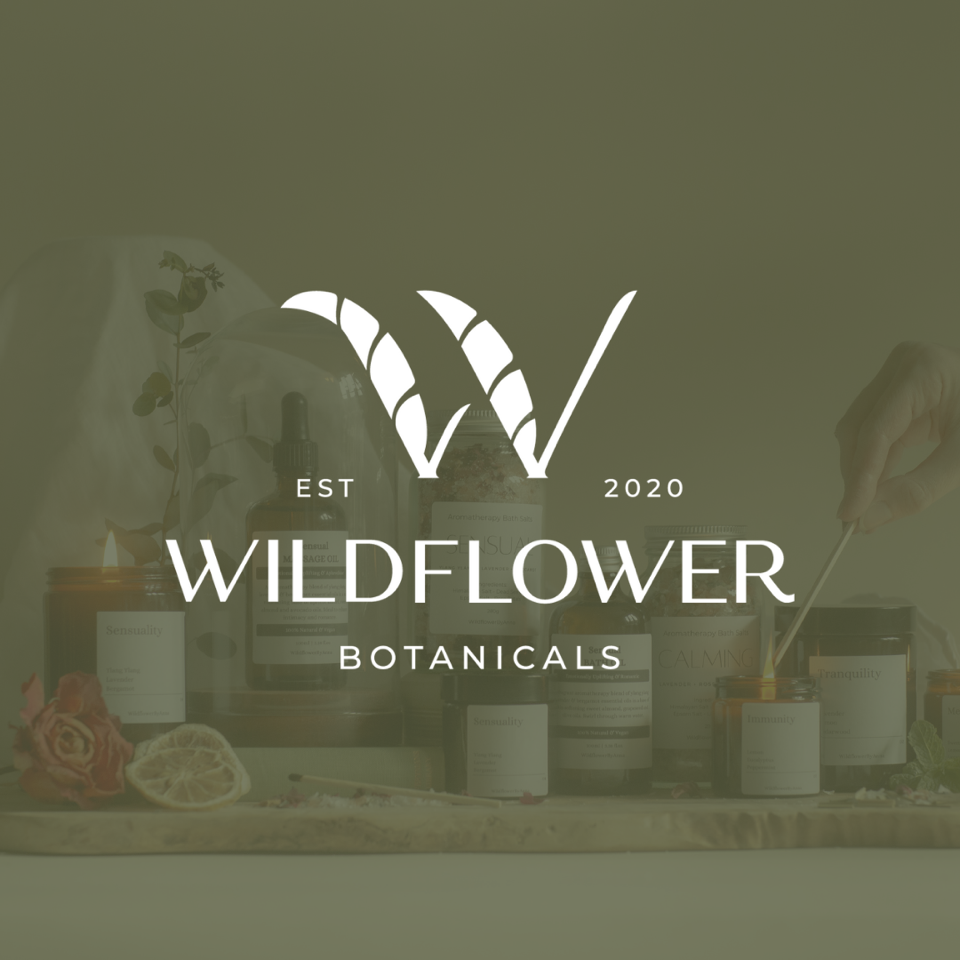The packaging dilemma
- Wildflower Botanicals

- Jan 31, 2022
- 3 min read
What is the first thing you throw away after purchasing a product?
In my time as a retailer I've realised how much importance we, as customers, place on packaging as a way to define 'luxury'.
But can’t luxury be simple, minimalist and ultimately eco-conscious?
Less is more, it’s eco-logical!
When envisioning my brand and designing my products I knew I wanted to focus on the quality of the ingredients, opting for high performance, sustainably sourced and natural materials instead of synthetic equivalents.
In terms of packaging, I took a minimalist approach, positioning my brand strongly against excessive packaging - no plastic or presentation boxes so as to avoid unnecessary waste. After all, the box is the first thing we throw away after we open it. It has no actual purpose other than aesthetic.
Interestingly, this decision came at a cost. The importance of packaging and product presentation is critical in the highly competitive retail market of luxury cosmetics, home fragrance and self-care. The minimal packaging approach I took was sometimes not appreciated by customers, with some expecting more ‘frills’.
Customers’ expectations
I received feedback from customers saying things like - ‘I love your products but it would be nicer to have them presented in a gift box’.
I would urge them to review my company’s principles - one of which is ‘No unnecessary waste. All the packaging provided will need to serve a purpose.’ However, I continued to receive similar feedback.
(I would like to point out that it was only a minority of customers, but enough for me to think on it, and to write this blog!)
Last December, I decided to take a stall at a local Christmas market. One customer started asking about the packaging, and she said to me “How can those high end aromatherapy brands sell similar products for so much more money? I bet it is the packaging! If you get some fancy boxes, you can double the price and sell much more”.
Unfortunately she is probably right. Research shows that:
'one third of consumers base their decision on packaging’.¹
What can be done?
There is so much in the news about waste, single use plastics, over consumption, but not much of it focuses on consumer behaviour around packaging. I know some brands are experimenting and that is great to see, but certainly not many in the luxury wellness and beauty markets.
I invite you to reflect. Think about this for a moment and consider how much of the packaging materials you usually throw away. Consider this when you make your next purchase.
Don’t get me wrong, I think nice packaging is very important as a way to communicate the brand, and I take pride in my own products’ presentation. But it is the excessive amount that is the problem. We need to do more with less.
This issue really does require both consumer and retailer to take action. I am trying to do the right thing (and I know I can certainly do more), but I need customers to choose the more sustainable option, and value the efforts I and others are making.
Of course, if you really like a product but notice too much packaging, then don’t be afraid to contact the company and tell them. Only by sharing your concerns will things change. Be mindful however, of the argument that they use ‘recyclable materials’. This isn’t good enough. We need to reduce the amount of waste being created, even if it is recyclable. Most of the time it won’t actually be recycled.
According to research by McKinsey:
‘Only 16% of plastic waste is recycled to make new plastics, while 40% is sent to landfill, 25% to incineration and 19% is dumped.’ ²
I am really excited to see so much innovation with sustainable packaging and materials, there are some great new options starting to appear - albeit often very expensive, with limited supply and a monumental MOQ (minimum order quantity) which makes it impossible to be adopted by a small business such as mine.
However, it is important to try to reduce the amount of packaging used in the first place and not just focus on 'sustainable' alternatives - after all, the most sustainable option is to use no packaging at all.
Thank you for reading my thoughts and experiences, I am always learning as I continue my journey as an eco-conscious retailer. I hope this starts a conversation and I invite you to join me.
Anna x

Comments